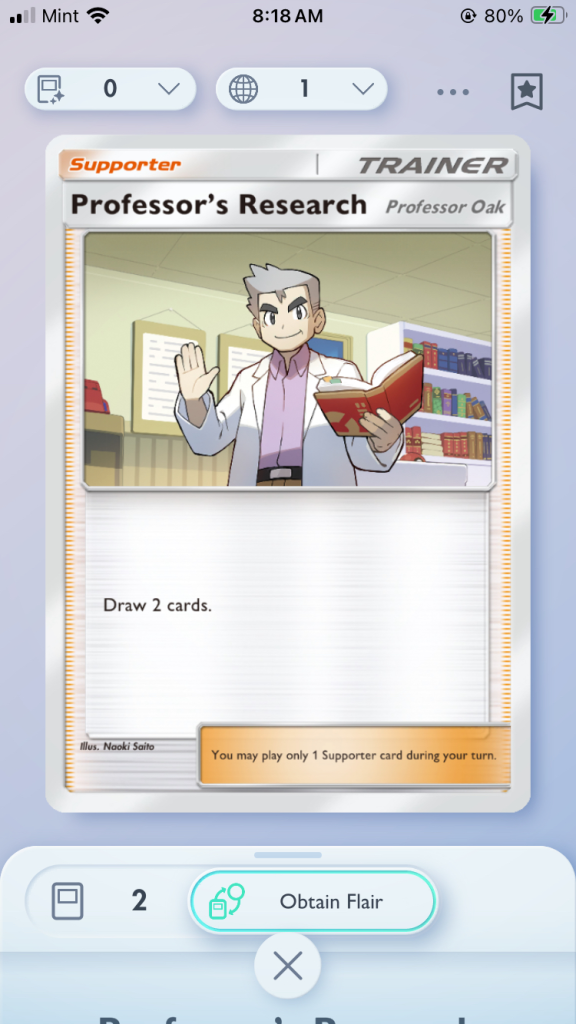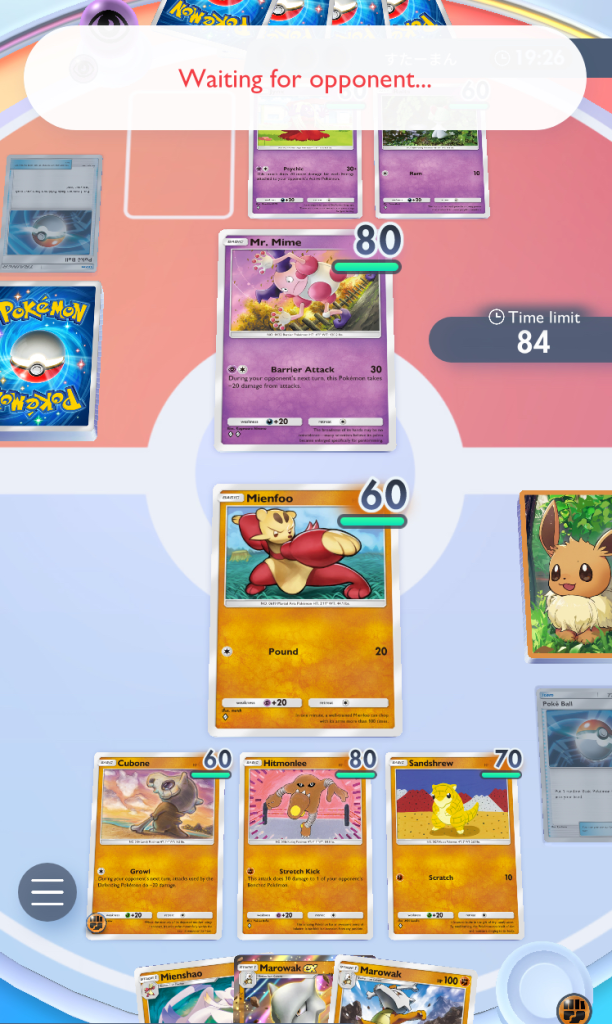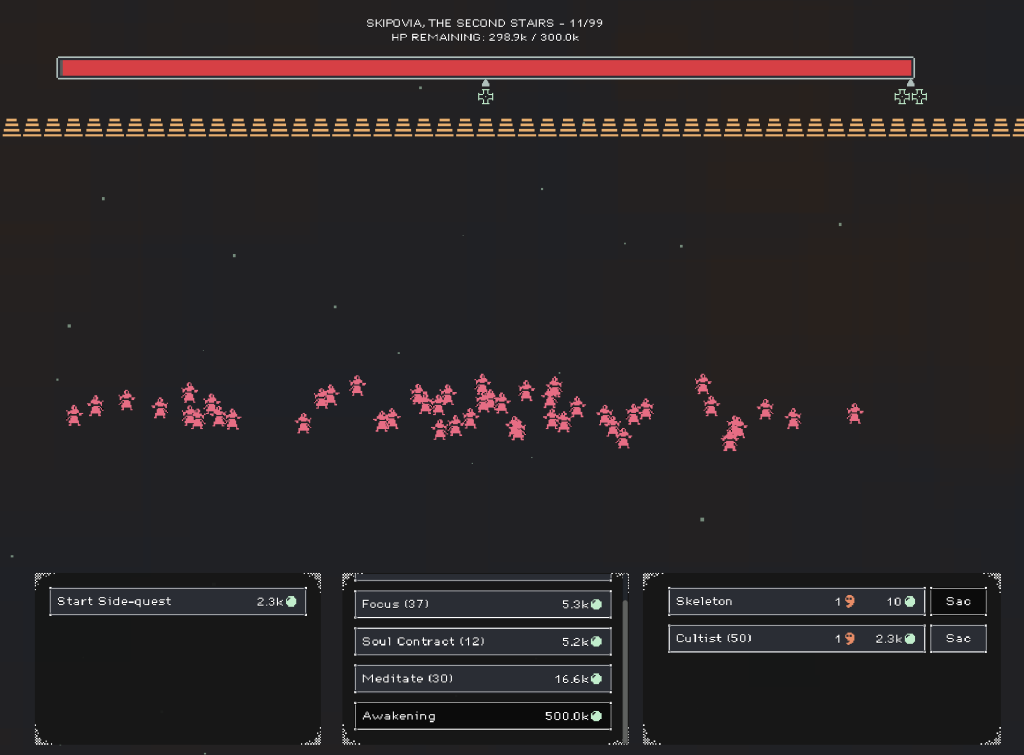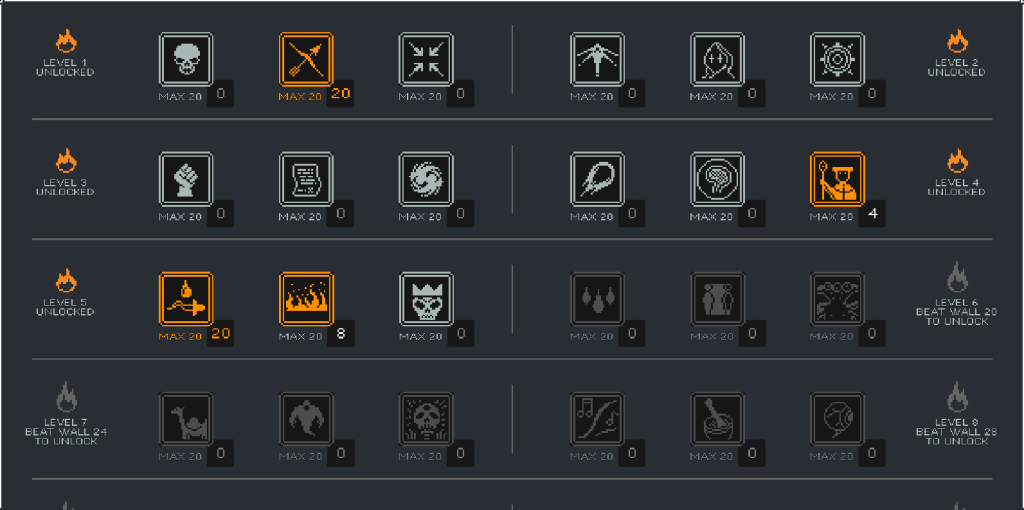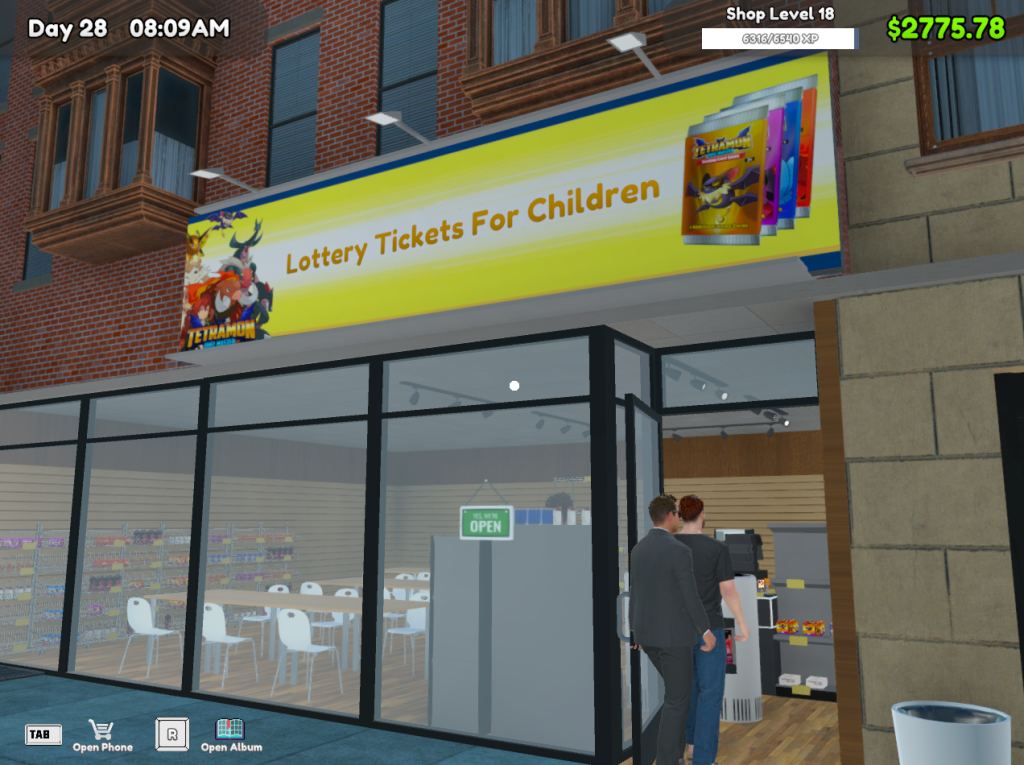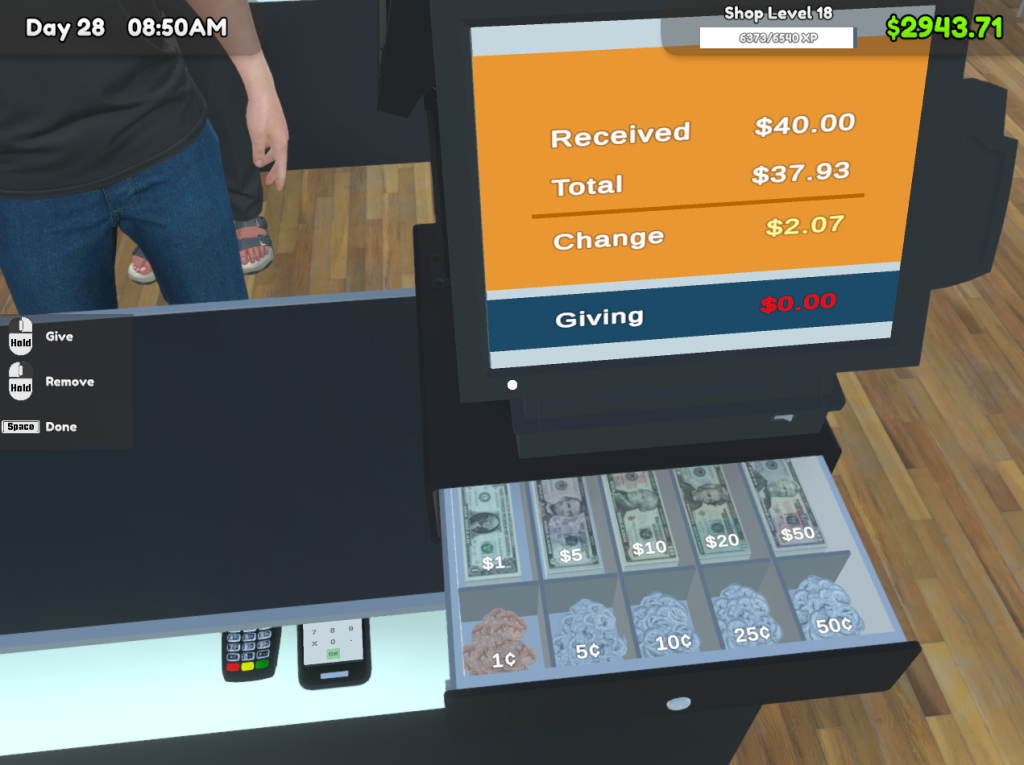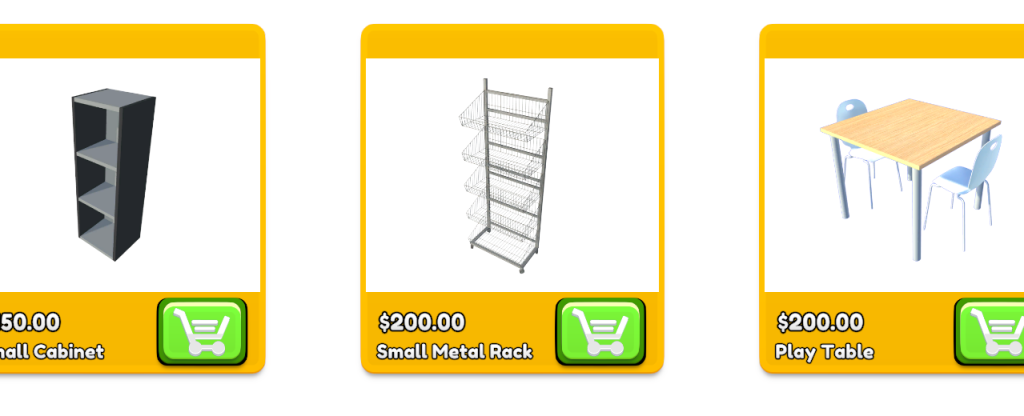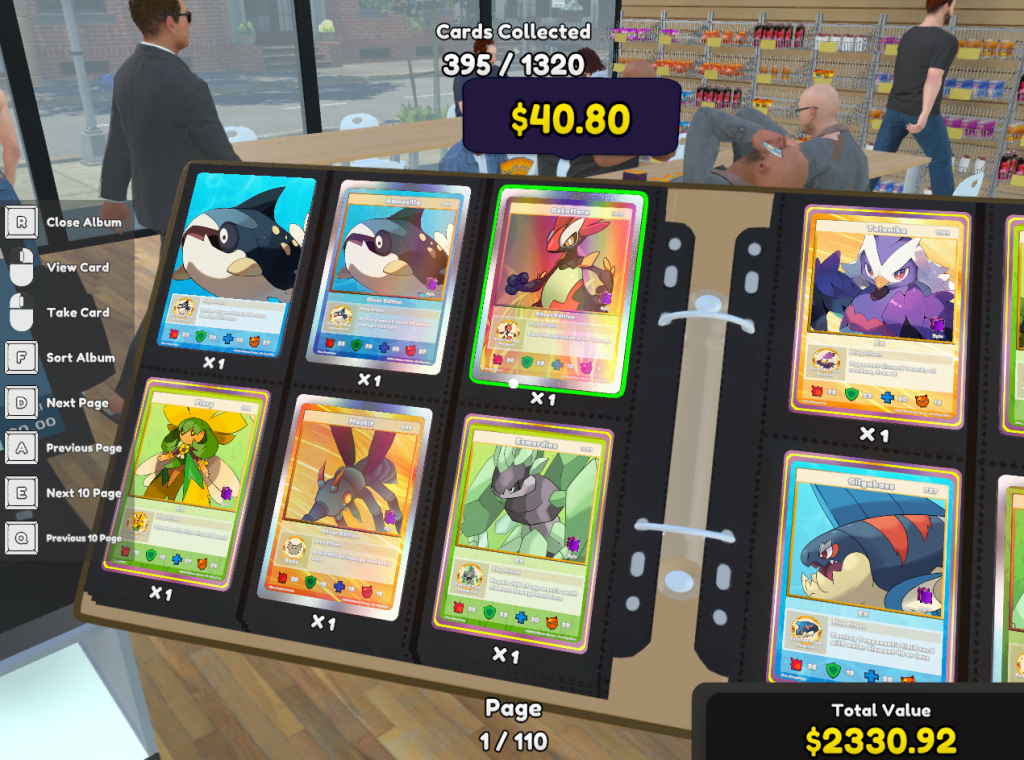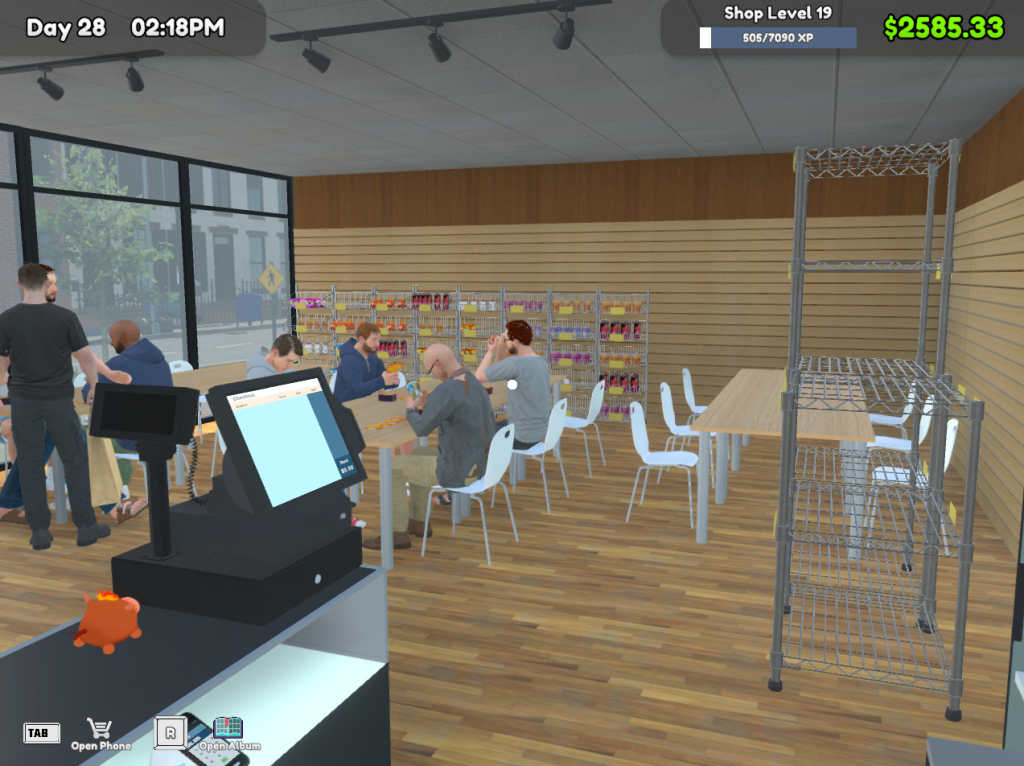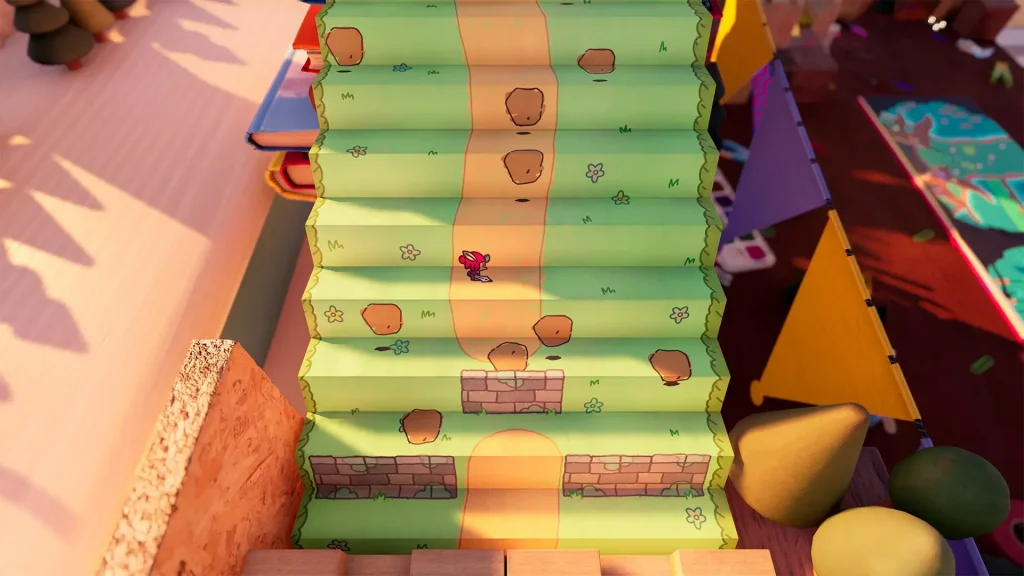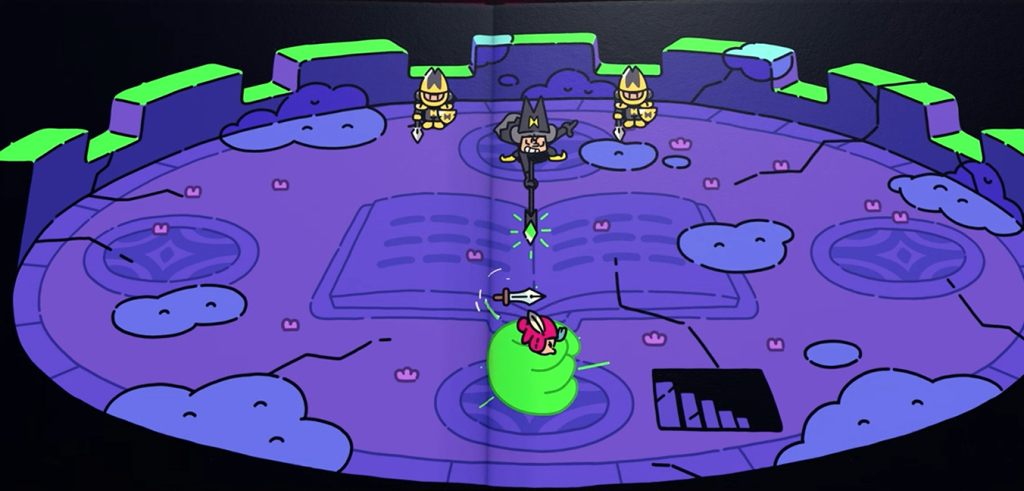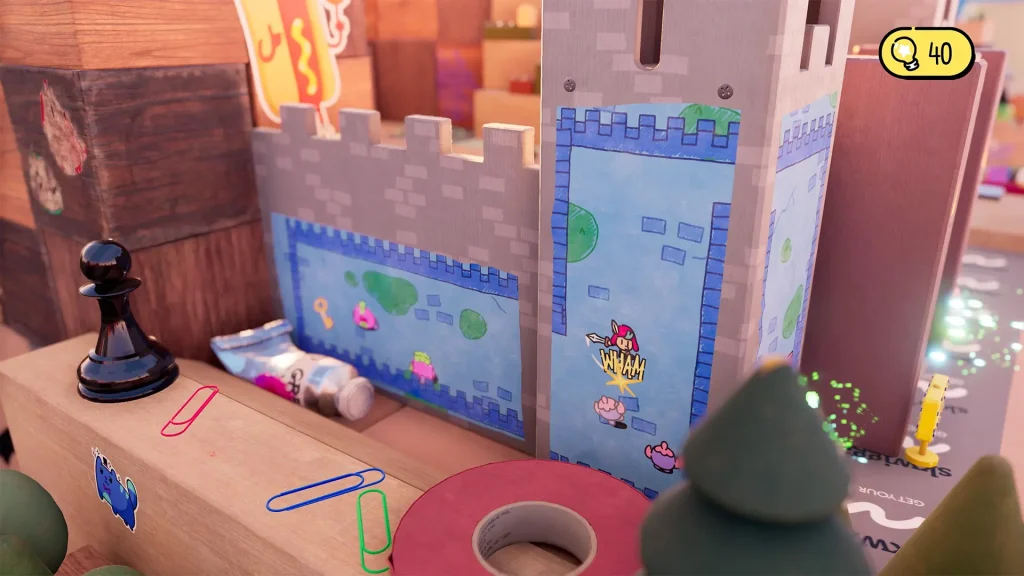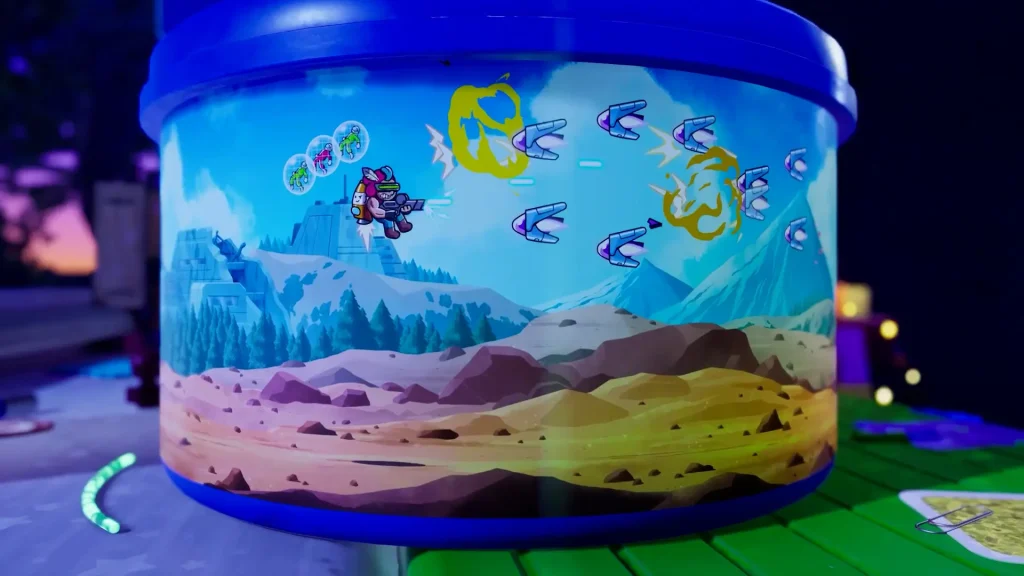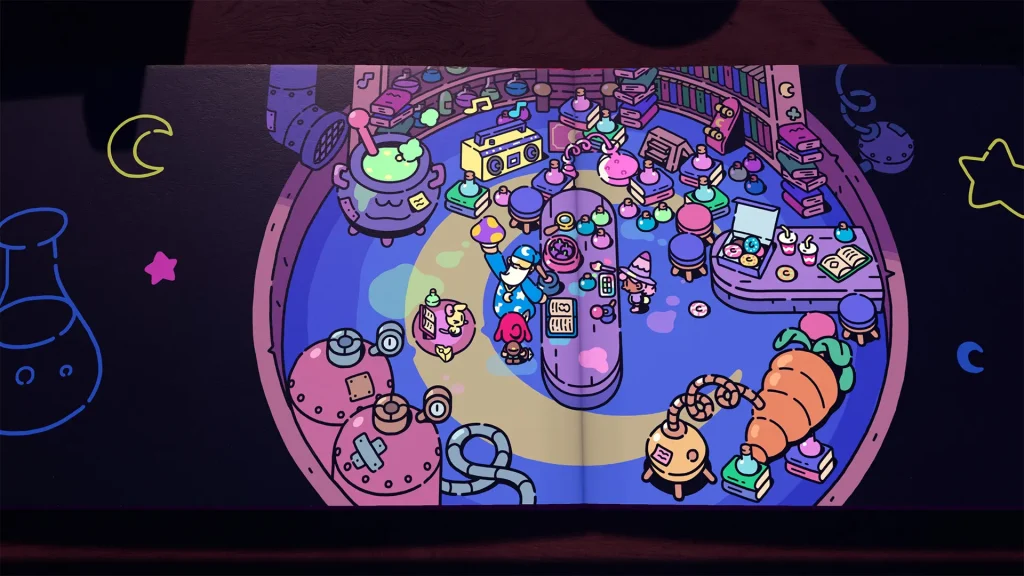I play a lot of things that don’t end up on the blog. Sometimes it’s because the game is too small, sometimes because the game is too big. In either case, I still want to talk about them briefly before PAX Unplugged happens, and they are swept into the great void.
Wilmot’s Warehouse
Wilmot’s Warehouse is fundamentally a game about organization. As such I feel a that something should be noted before I give my thoughts on it.
From where I am sitting writing this, if I turn my head to the left, I can see, on top of each other, the following:
1. A hammer
2. A large set of strength cables
3. A cardboard box for wallmounting, and a variety of other objects.
If I crane to the right, I can see sketchbooks, notebooks, self help books, and computers, all stacked together. Should I manage to owl, and do a full 180 degree turn, I would see a table that has on it trading cards, dice, more notebooks, and uncashed checks. In front of me, on my computer desk, in addition to my mouse and keyboard, I see duct tape, a key, business cards, and in-game reward codes that haven’t been redeemed.
All of which is to say, organizing things is not something I do well in real life. As a result, when it is a primary game mechanic, and I’m asked to do it VERY QUICKLY I do not experience what I would call joy. Instead, I experience a set of emotions I tend to associate with work meetings with clients, and performance reviews.
It’s a very clever little game, but it’s absolutely not for me. It’s a puzzle game where the first part of the puzzle is realizing that there is a puzzle.
Of the items on this list, Wilmot’s Warehosue is the probably the one that deserves its own writeup the most, but because it just isn’t for me, it’ll probably never get one.
UFO 50
Remember those old “200 games in 1” bootleg ass CD’s? Or maybe those Plug-N-Play machines with a bunch of random garbage on them?
UFO-50 is kind of like that, but if all the games were good. Or at least interesting.
I’d like to do a full writeup on the game at some point, but the reality of it is that it’s a huge pain to try to beat all of them. I’ve actually only beat like 5 of them, and with perfect clears on 4.
And frankly, while I don’t enjoy everything in UFO 50, I only feel like I had to find 6-7 I really liked for it to be worth it. Also, if 50 games feels overwhelming, here are a few of my favorites.
#9 Attactics – Real time unit placement.
#12 Avaianos – A 4X game with scythe action selection style upgrades. (IE, each turn you worship a god, which gives a set of actions, and you get to upgrade those actions each time you select a god.)
#46 Party House – A clever little roguelike bag builder.
#24 Caramel Caramel – Cute little Shmup that I’m really bad at.
Zenless Zone Zero
I actually wrote 60% of a post on Zenless Zone Zero, took a break figuring I could put it up in a few months, and in that time they apparently completely removed one of the core systems I’d described. This would have required me to go back and play more of the game to actually figure out what the current experience was like, something I didn’t feel like doing.
I’m going to put the opening here, because it captures my feeling on the game pretty sufficiently.
It was the best of games, it was the worst of games, it was a brilliant spectacle fighter RPG with puzzle elements, it was a high production slot machine, it was the future of free to play, it was the end of the live-service bubble, it offered joyful combat and a fun story, it offered obnoxious time gated farming – in short, the game was so much like Genshin Impact that the critic wondered if he should just link to that writeup instead.
I played like 40 hours, and honestly, the first 20-30 are pretty fun, but once I hit the end of that, I ended up in the typical “grind your dailies” portion of every F2P game that exists. Now, in ZZZ, the dailies/weeklies are boss fights against excavators fused with ghost devils, and rogue-like style dungeon crawls, but they’re still dailies.
So once it became clear that I’d finished the story that was available, and everything required a daily grind, I just moved on.
And while I’m talking about F2P games, friends of mine have been playing a bunch of The First Descendant, and Throne and Liberty. The First Descendant is pretty much just “What if Warframe was REALLY horny?” and Throne and Liberty is a pay2win Korean MMO, so I don’t actually care what the game play is like.
But hey, they’ve played like a billion hours of each, and had fun, so who am I to judge?
Chained Together
Rage games are an interesting genre, things like Getting Over It or Jump King. Chained Together is a rage game you play with your friends.
Fortunately, it also has checkpoints, or I would not have beaten it.
There isn’t a lot to say on this one. I think part of the reason that Sexy Hiking and Getting Over It were so well received is because they were doing something new, if nothing else. Jump King is sort of in a similar space, in that no one had make a game with quite those mechanics.
Getting Over It in particular seems to want to talk a lot about the nature of what the game itself is.
But something about 3D rage games has always felt a bit… cheap to me? They feel like they were cobbled together out of Unity store assets to make a quick buck, and get streamers to play them.
In either case, we beat it in about 5 hours. (With checkpoints) It’s a good enough game if you want to grab 3 friends to do something stupid on a Friday, and no one can decide if you want to play Jackbox or not.
Vagrant Song
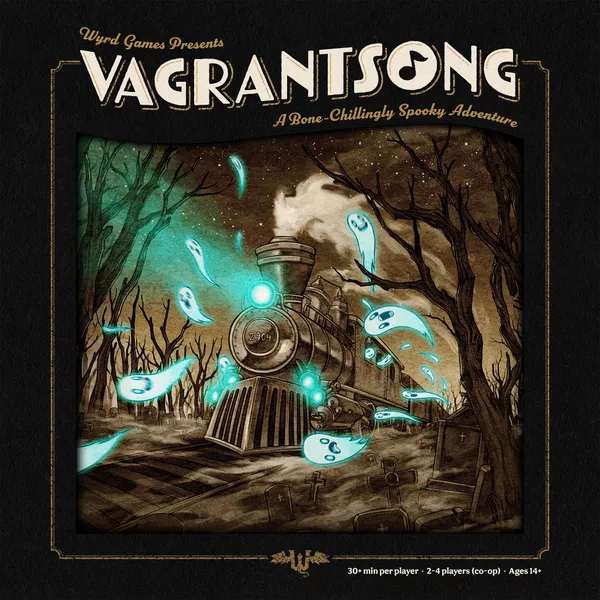
I started a writeup on Vagrant Song, and it was mostly vitriol. I did not find this game worth playing, and after a bit, even it’s outwardly charming art started to piss me off. After all, what’s the point of rubber-hose style art, if it’s NOT MOVING?
I only played the first 3 fights, which took about 6-7 hours total, and during that time I found it a pretty mediocre multiplayer boss fight sort of thing.
I legitimately do not understand who Vagrantsong is for. Like, seriously. You want a replayable multiplayer roguelike based on positioning and combos? It’s called Inkbound. You want roleplaying and turn based combat? Play 5E. You want better turn based combat? Play Pathfinder.
You want a mediocre campaign game that takes too long to play, that feels like an extended GM-less boss rush with limited agency to accelerate the fight?
Good news!
I have a copy of Vagrantsong I’m looking to sell.
If anyone ever tells me that they love Vagrantsong, I am going to have to stifle a little voice inside my head that wants to respond by asking if they’ve played any other tabletop or video game in the last 20 years.





